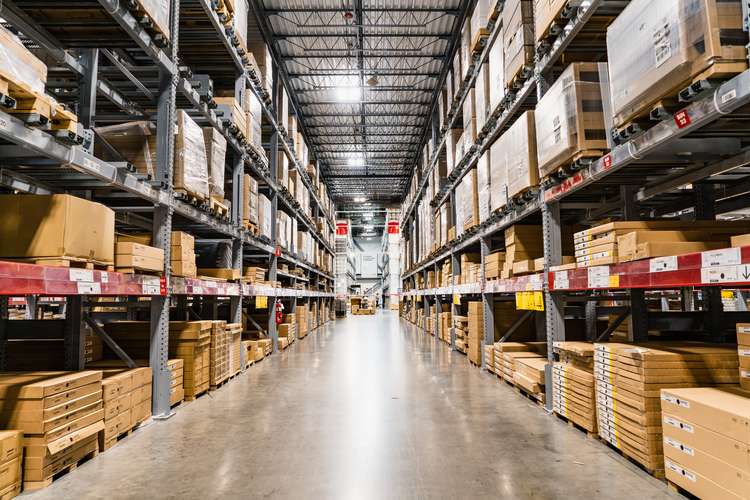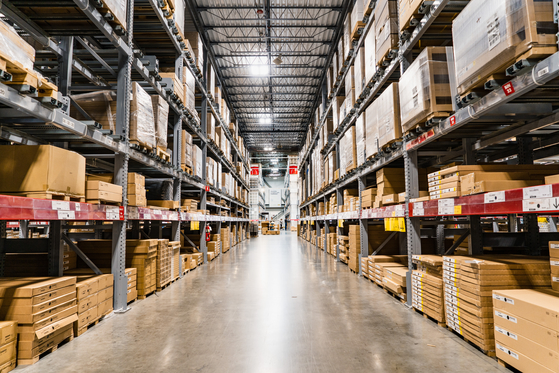Welcome to Thomas Insights — every day, we publish the latest news and analysis to keep our readers up to date on what’s happening in industry. Sign up here to get the day’s top stories delivered straight to your inbox.

Sometimes the end of the calendar year can be so chaotic that it’s a miracle we’re ever in a position to take a vacation. Stumbling over the finish line with a messy desk (and an even messier computer desktop), unfinished projects, and an ever-lengthening to-do list not only cast a shadow over your Christmas vacation but will mean you’re unable to begin 2020 with a clean slate.
So, why not make a New Year’s Resolution to get organized?
One initiative that appears on the to-do-lists of many manufacturers but is frequently put-off as being “too hard” is supply chain optimization. This includes tackling bigger issues such as compliance, supplier relationship management, risk and disruption, responsible sourcing, and transparency.
If you think this sounds like an enormous task, you’d be right. But it’s a bit like unpacking a box of Christmas lights to find they’re hopelessly tangled – it will take time to sort out the mess, but the results will be illuminating.
Risk Management and Compliance
If you’re unsure of where to start, it’s a good idea to begin with the area that matters most to your organization’s CEO: risk management.
A risk event such as a supplier bottleneck, a cybersecurity breach, or natural disaster can have catastrophic consequences that reverberate up and down the supply chain and ultimately impact your organization’s profitability and brand. Supply managers can mitigate risk by:
Supply Chain Optimization Technology
We mentioned above that supply chain optimization can seem like a daunting task. If it had to be tackled manually it would be near-impossible, but luckily, technology is here to help.
Advances in AI and machine learning can help make logistics seamless, greatly improve demand forecasting, warehouse management, provide the data and visibility necessary for Just-in-Time (JIT) inventory management, or revolutionize your supply chain, Amazon-style, with a combination of cloud-based operations, robotics, and the Internet of Things (IoT).
Keep in mind that none of these technologies can work effectively without data. If you haven’t already done so, make it a priority in 2020 to work out how your organization can access, capture, analyze, integrate, interpret, and action supply chain data before investing in AI or other advanced technology.
Responsible Sourcing
Sourcing responsibly isn’t just the right thing to do; It’s also a key risk-mitigation strategy in an era when ethical breaches can severely (and sometimes irreparably) damage a company’s brand.
Ethical sourcing means having an environmentally and socially responsible approach to strategic supply chain management. This means ensuring human rights are respected, fair wages are paid, communities are treated fairly, factories are safe, and the environment is impacted as little as possible. Benefits include:
Supply Chain Transparency
The trend is clear: customers are increasingly expecting supply chain transparency, along with verification of a company’s claims to be ethical or environmentally friendly. Soon, traceability and provenance will reach the stage where customers will be able to scan a product’s barcode at the point of sale and access data about its entire journey through the supply chain, beginning with the moment the raw material was dug out of the ground or harvested from a plant.
How can this be achieved?
Manufacturers can gain access to data by joining supply chain information-sharing networks or investing in supply chain data management services, but the key enabling technology is – you guessed it – the blockchain. Blockchain is a form of digital trust that will enormously enhance auditability and traceability in the supply chains of the future.
While there are many reasons for optimizing your supply chain, in the end, it all boils down to risk management. Even if your company has managed to dodge any significant supply chain disruptions so far, 2020 might just be the year that a risk event happens to you. So, it pays to get organized.
Image Credit: Sundry Photography / Shutterstock


